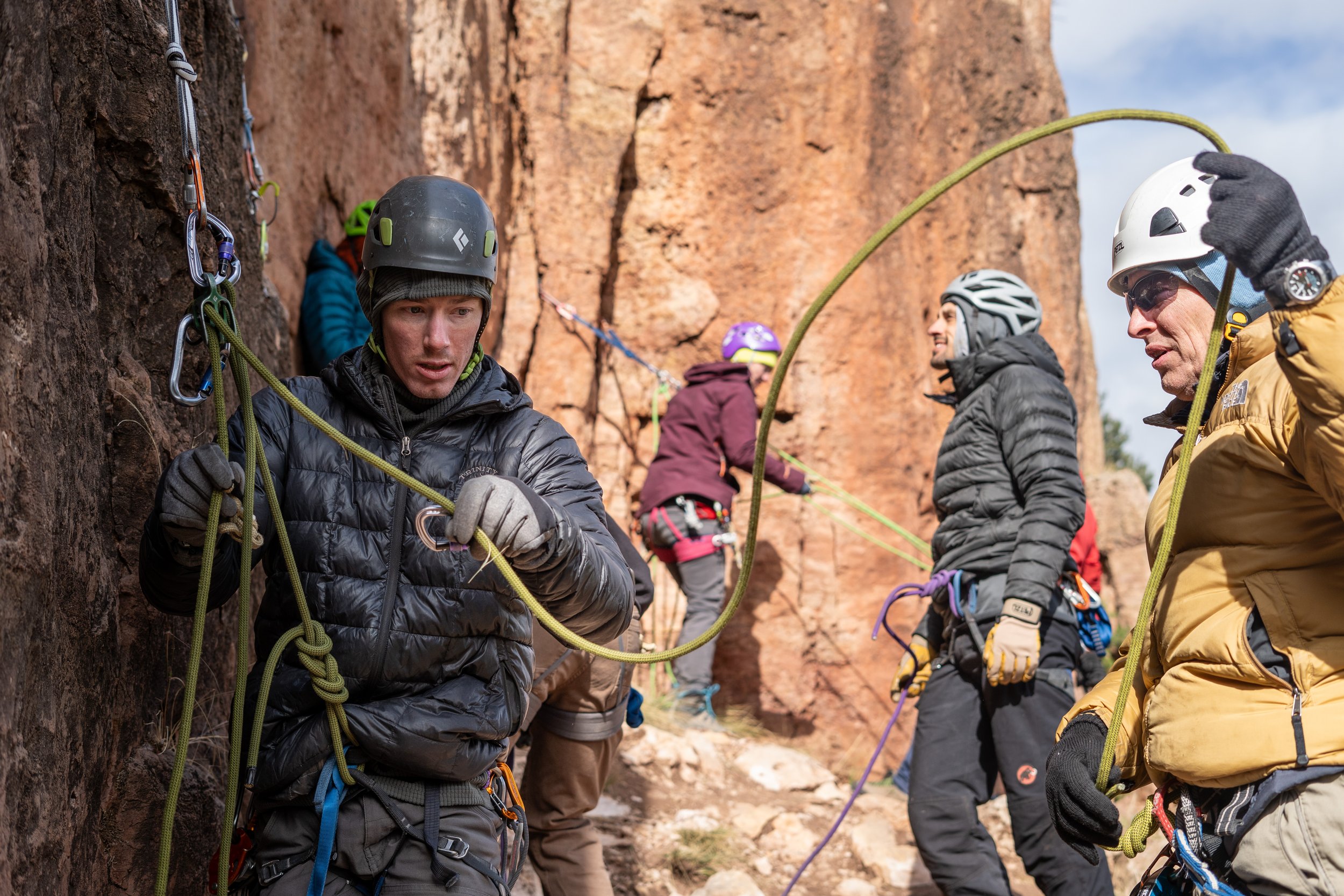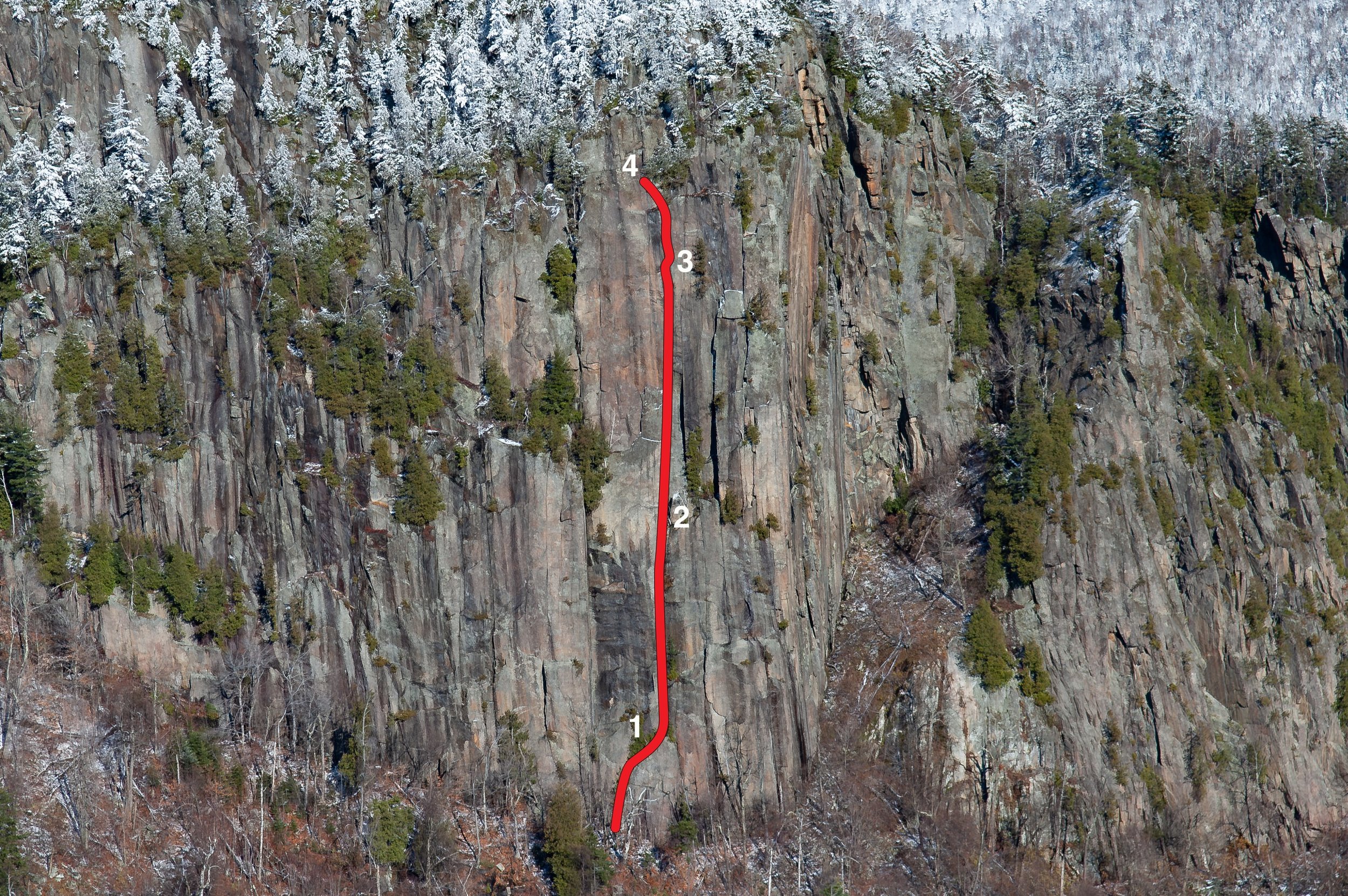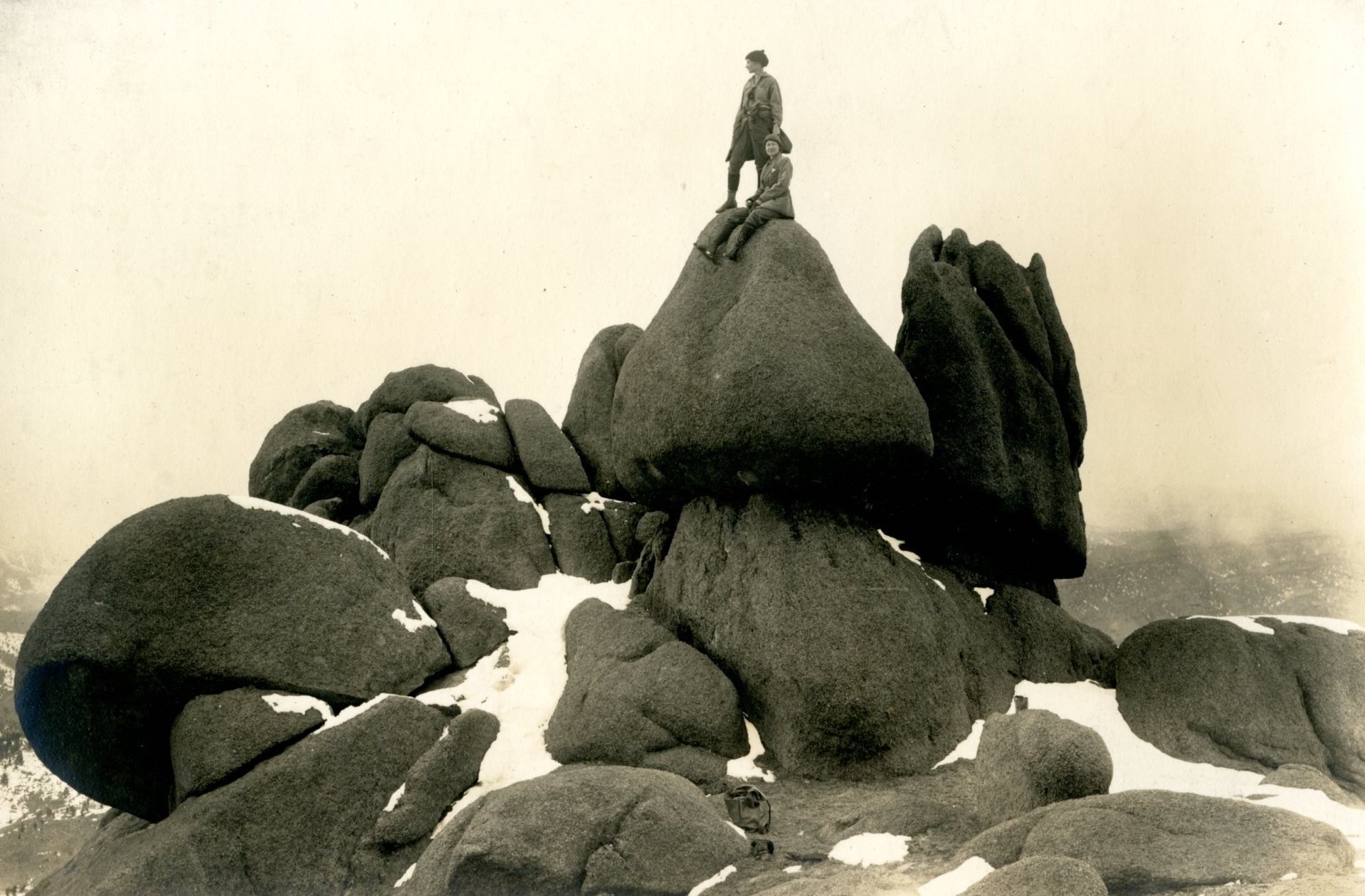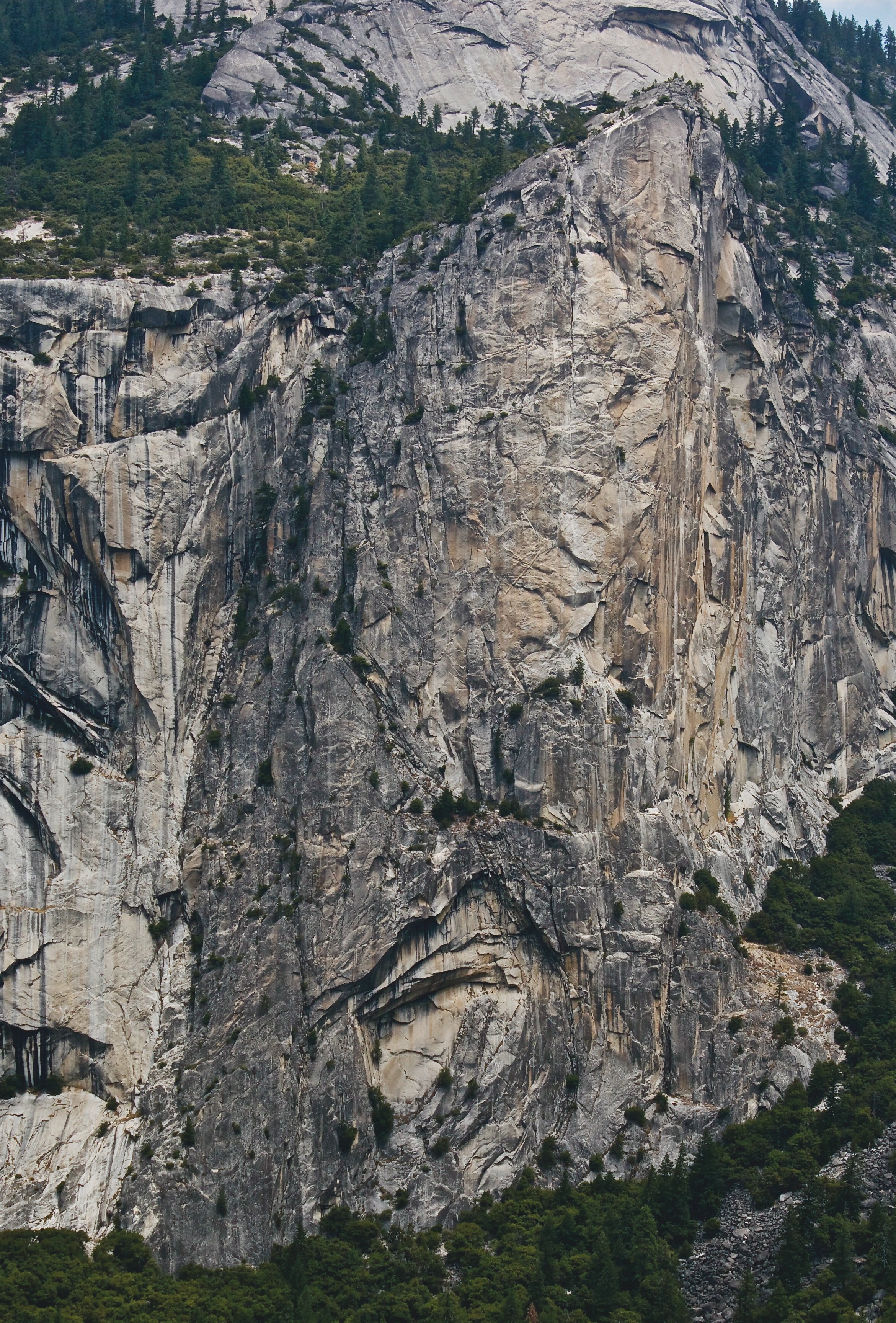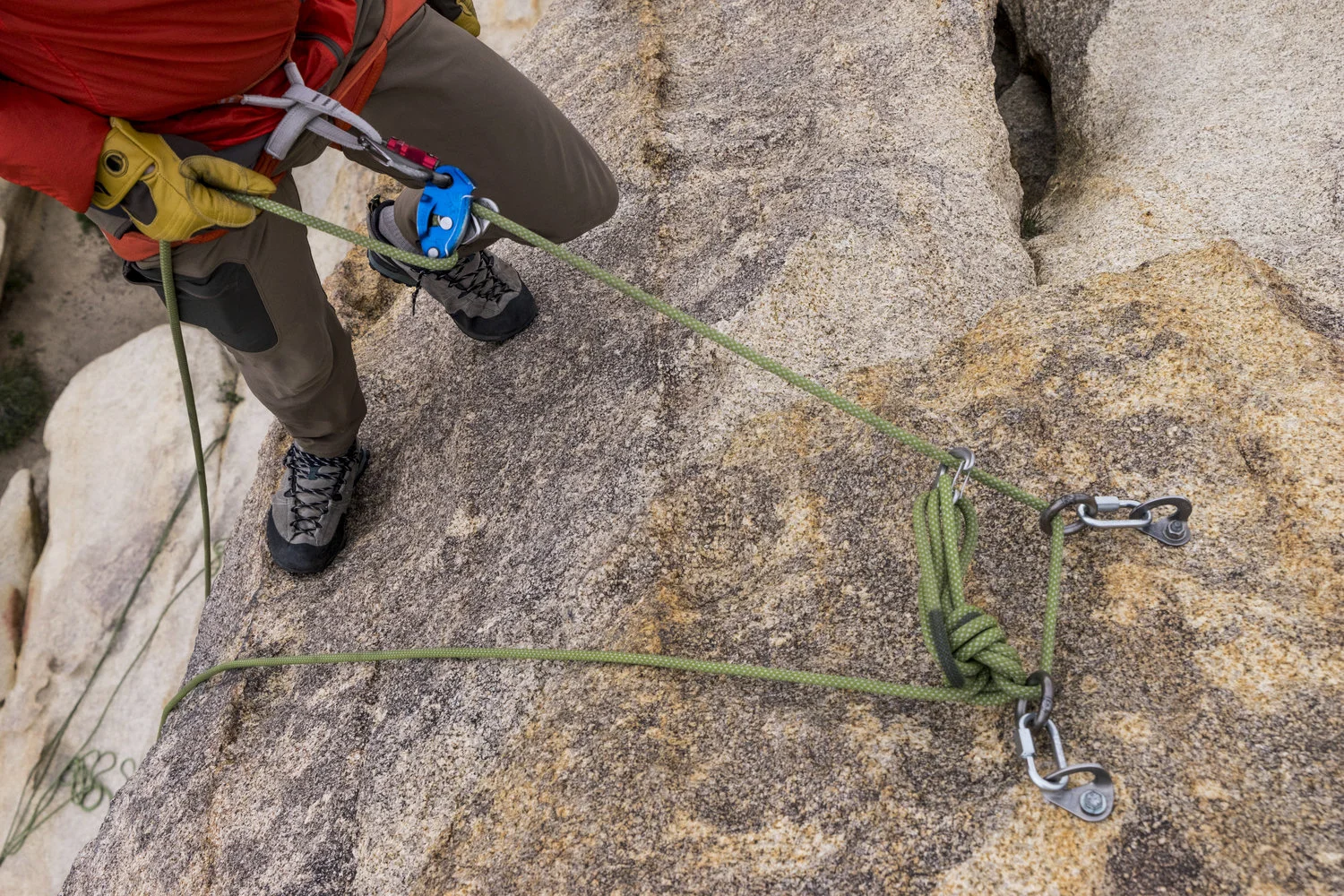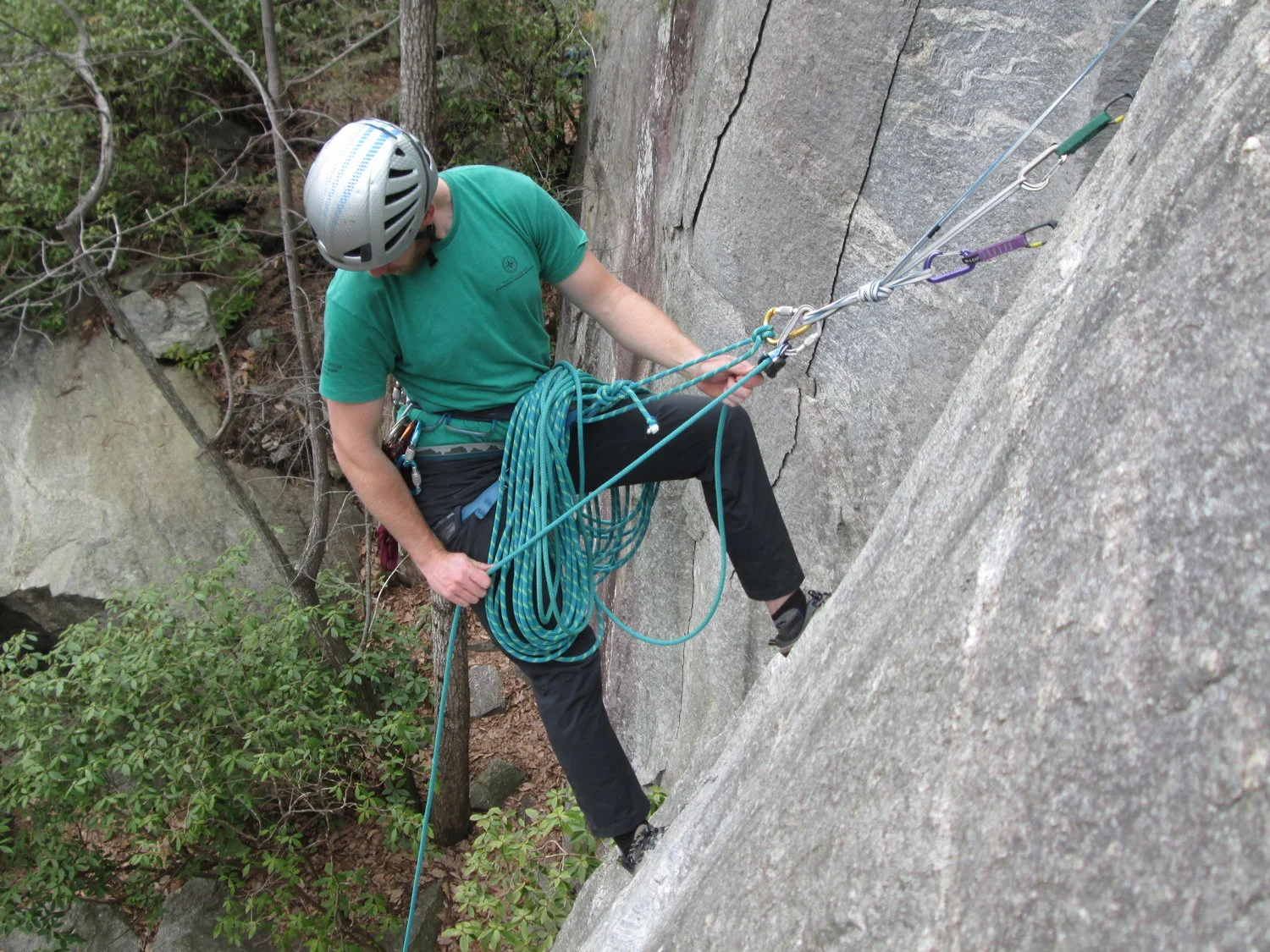Banner photo: Slippery stone, rockfall, diving birds—these hazards all exist independent of any human activity. They only become “risks” when climbers confront them. Here, Nick Schlichtman accepts the challenge on Inner Space (5.11b R) in Eldorado Canyon, Colorado. Rob Kepley.
The following article is reproduced from the 2019 edition of Accidents in North American Climbing. Author: Ron Funderburke & Derek Debruin.
Planning and Reflection for Rock Climbers
Last year millions of viewers were awed by Free Solo, the feature film that documented Alex Honnold’s historic solo ascent of El Capitan. We were stupefied by the level of free climbing ability and mental strength required to even conceive of this feat, much less achieve it. We also were captivated by the debate that ensued. Many commentators viewed Alex’s climb as a moral failing, and many harangued the system that would allow such an ascent and the society that would laud it.
The debate begs some questions: How do we perceive risk as rock climbers? How do we manage it? Do we consistently manage risk? What are the most common inconsistencies? Even if we all have different relationships to risk, isn’t the desire to challenge ourselves in a complex and dangerous environment at least part of our essential motivation to climb? Is it possible that we all have more in common with Alex Honnold than we think?
In this article, we’ll take a closer look at the real risks in rock climbing. We’ll point out our most common strategies for managing those risks. We’ll point to some of the most common inconsistencies in those strategies—moments where our human weaknesses are revealed. Finally, we’ll propose strategies for analysis and self-reflection. If we are striving to have a clear-eyed conversation about risk, we can learn something from every single climb, regardless of the outcome.
The Risk Cycle
In this conversation about risk, words and presumed meanings of words matter. Dictionaries suggest the words “hazard” and “risk” are synonymous, but the scholarship surrounding this subject describes a much different relationship between these words. We’re going to describe risk as a cycle, wherein hazards exist objectively, our exposure to those hazards subjectively creates an opportunity for loss as well as reward, and the outcome of our exposure can be analyzed.
HAZARDS
Hazards exist objectively—they are dangerous regardless of whether humans are ever exposed to them. They can be listed, and they can be anticipated. But they are not absolute values. To understand them, we must understand the interrelationship between the probability of an occurrence and the consequence. For example, we know that humans cannot breathe underwater and therefore prolonged submersion is likely to kill a person. There is an extreme potential consequence. But we tend to assess a low probability of that consequence when competent adults go swimming. We also can nullify the probability of drowning simply by staying out of the water. Most assessments of hazards can be divided into four distinct groups. Here are some examples of how each group applies in climbing:
When the probability and the consequence of a hazard are low, we tend to accept those risks routinely—think of exposure to a poisonous plant or a non-venomous snakebite. When the probability and the consequence of a hazard are high, we tend to avoid these hazards—think of lightning storms or avalanches. In the nebulous regions between those extremes, most climbers are willing to expose themselves to hazards because there are mitigation techniques to diminish either the consequence or the likelihood of a negative outcome—and because the perceived value of the risk-taking (that is, going climbing) is high.
For example, a high-probability/low-consequence situation would be an average climbing fall, whether leading, top-roping, or bouldering. As long as the key mitigation techniques are in place (effective equipment and competent climbers), it is unlikely the consequences will be too severe. Similarly, many climbing approaches involve brief exposure to drop-offs or catwalks. We perceive a low probability of a bad outcome on features like these, even though we see that a fall would be deadly. And, instead of just accepting such hazards, we can mitigate them through ropeteam travel, quick belays, or spotting.
Risk
Risk happens when climbers expose themselves to hazards, which introduces a variety of human factors into the risk cycle. This can alter predicted probabilities, create consequences where none previously existed, and negate mitigation tactics. To accurately understand risk, we need to understand how prone to error we can be. For example, we all know what it feels like to climb challenging fifth-class terrain. If the route is very difficult for us, falls are likely. If all of our mitigation techniques are effective (the equipment, the anchor and protection, the belay) we can confidently accept those risks. But humans are fallible. We forget a key step; we overlook important details; we miscommunicate. If a single human factor has compromised a climber’s mitigation techniques, the most benign top-rope outing can shift into a high-consequence event. On the other side of the spectrum, a similar miscalculation happens when our dread of severe and deadly outcomes causes us to overestimate the likelihood of a high-consequence event. When we overmanage one risk, we often open the door for another hazard. For example, climbing teams who indulge extra time and deliberation in the construction of their belay anchors may inadvertently expose themselves to afternoon thunderstorms and lightning.
Biases
Behavioral psychology tells us that humans are subject to a panoply of cognitive biases. We make choices that we perceive to be rational yet may be rife with error or inaccurate perception. Particularly in climbing, dubious practices and specious techniques can have fatal outcomes. Consequently, climbers should pay attention to three particular cognitive biases: confirmation, optimism, and commitment.
Confirmation bias is the tendency to interpret new information as confirmation of existing belief. The confidence required to successfully lead a pitch often means that climbers harbor positive self-assessments—we think of ourselves as being good at climbing, and further, we presume that when things go well the outcome is due to the actions we took. It becomes easy for a confident climber to think they’ve done everything right when nothing bad happened, even if, in fact, they were simply lucky in a low-probability/high-consequence environment.
Optimism bias causes us to believe that negative outcomes are less likely to happen to us specifically, or that positive outcomes are more likely for us. We might think, “Of course I will make it off the summit before the afternoon storm.” “I won’t pitch off this easy but run-out climbing.” “I would never miss the pads when I fall.” Each time optimism bias surfaces these thoughts, confirmation bias is reinforced.
Commitment bias describes one’s commitment to a goal or outcome—the “summit or die” mentality. Unfortunately, such strong commitment to a goal can often lead to a “summit and die” outcome. Each of these biases can be alleviated to some extent with candid reflection on the outcomes of every climb, especially with an honest and objective partner.
Outcome
After exposure to any risk, many climbers have a binary perception of the outcome. The climb was a success or the climb was a failure. If the climb was successful, many climbers will attribute every aspect of the day to that success. If the climb was unsuccessful, every moment of the day will be construed as a failure. These attributions are common cognitive errors.
Sam Latone celebrates a difficult new route in Utah. At such moments, it’s wise to ask: Was this an unqualified success? What could we learn from it? PC: Derek DeBruin
A binary conception of a climb’s outcome can have terribly unproductive results. Climbers willingly overlook many aspects of their day that might offer substantial experiential insight. If the climb is successful, hardships and near misses are often characterized as an unavoidable part of the sport—Type 2 fun. It’s only when accidents occur, or we experience a really eye-opening close call, that we dig into the aspects of the day that could paint a portrait of causation. Sadly, even on those days, many climbers are unwilling to self-assess for the fallibilities and complacency that might produce tragic outcomes.
Instead of rushing to our rewards or diving into our despair after a climb, we might consider every outcome a rich learning opportunity. Risk-oriented reflection helps a climber and partner(s) ask a crucial question: “If we did that climb again, what would we do differently?” If we live under the illusion that our successes are entirely based on our skill and excellence, while our failures are entirely based on bad luck, we will never develop an accurate assessment of our powers as risk managers.
Actions for Every Outing
Understanding the risk cycle and considering what we’re really up against, how can we improve our practice as climbers? How do we grapple with the biases in our judgment and decision-making? What systems will give us a backup when self-awareness wanes?
If your climbing practices and conversations with partners already have a certain cadence and routine, trying some of the things described below can seem awkward at first. For example, if you’re already doing some preclimb research and planning (weather forecasts, descent descriptions, emergency preparedness), even more preparation might seem like overthinking the climb. However, in incremental steps, incorporating these suggestions into every outing can help you counter the human factors and cognitive biases that accompany the best-laid plans.
Before the Climb
Hazard Inventory. A hazard inventory can accompany a careful analysis of a weather forecast, the topo, and other beta. It could be little more than a five-minute conversation with your partner. Try to envision the hazards and make some anticipatory decisions about which risks the team will accept, which ones they will avoid, which risks will require mitigation to reduce the likelihood or probability of a negative outcome, and which human factors are most likely to complicate the overall risk. This kind of conversation also can help new climbing partners get on the same page about their acceptable level of risk.
Pre-Mortem. In this brainstorming exercise, the party takes some time before a climb to imagine various outcomes and speculate on how they might come to pass. It’s valuable because it asks the party to anticipate a non-binary perception of how the day might go. For each imagined outcome, the party should ask some important questions.
Self Assessment. For climbers, self assessment is challenging. One’s individual desire to do a climb, the pressures of ego and performance, and the obligation we feel to our partners all influence self assessment. These external pressures make it difficult to recognize when you are not at your best and when your performance—even if it may be successful—will not be optimal. Asking yourself some important questions before an outing, before a crux, before any risk, helps disrupt the external blinders. In some cases, the answers will keep a climber from getting into situations they should not have accepted without being 100 percent prepared and committed.
During the Climb
Poise and Attention. Self-assessment should continue throughout a climb, guiding one’s readiness for a crux move, a difficult clip, or an unroped scramble on the descent. When such fateful moments arise, distraction is a dangerous bedfellow. It’s time for conversations to cease, for cell phones to be silenced, for the surrounding din to be muted or ignored. Focus is crucial.
Backups on Lowers, Belays, and Rappels. Backups are one of the most common ways to disrupt human factors that arise from haste, fatigue, and fluster. Once practiced to proficiency, they are so quick to apply that it’s difficult to imagine ever going without them.
Closing the System. Managing both ends of the rope is one of the most common preventive practices, because it’s a clean and efficient way to account for human factors. Very experienced and thoughtful climbers have been lowered off or rappelled off the end of a rope because some insidious human factor crept into their climbing routine. An unfamiliar rope, an unfamiliar crag, or an inattentive belayer can upset a career’s worth of uneventful lowers and rappels.
Redundancy is an idea and a practice that manages the same kinds of human factors as backups. For example, anchors rely on bolts or other protection placed by fallible people in rock evaluated by fallible people. Therefore, we rely on multiple strands of anchor-building material, multiple placements, and multiple rock features to achieve a system with a built-in margin of error.
Systems for Communication and for Frequent Tasks. Clear, rote communication is the closest most climbers will come to a checklist or flowchart—the tools used in many risky fields (medicine, aviation, search and rescue) to avoid mishap. Systematized processes such as universal belay commands disrupt a slew of human factors. No climber intentionally leaves locking carabiners unlocked in critical applications—and yet this step is forgotten. No climber intentionally leans into the abyss without being anchored—and yet experienced climbers fall to their deaths every year. Establishing personalized systems for frequent tasks helps create efficiency and reduce error, whether it’s for pre-climb doublechecks, cleaning an anchor, or changing leads on a multipitch route. Such systems should be reviewed regularly and updated when new information or techniques are available.
Helmets and Assisted-Braking Devices. Since rockfall, whether natural or climber triggered, is such a common occurrence at many climbing venues, a helmet is one of the logical mitigation techniques climbers deploy. The choice not to wear a helmet is also common in situations where rockfall is perceived to be unlikely, such as bouldering or at the climbing gym. Similarly, assisted-braking devices (ABD) give lead climbers a backup if anything unexpected were to compromise the belayer, like overhead rockfall, fatigue, distraction, or a medical emergency.
Reflection and Ongoing Learning
Specific mitigation tools and techniques can be learned in a variety of ways and safely practiced to mastery. However, underlying each of them is the greater tool of reflection. When we reflect on our climbing, scrutinizing every action and decision, we learn things that otherwise might elude our awareness and consideration.
What specifically can we do to aid our reflective process? We can begin with the assumption that we do not know everything and that even our best performance can be improved. We can strive for an intentional rationale for each decision we make on a climb. We can stop always doing things simply because we were taught a certain way, but instead make choices that serve to minimize our risk and maximize our chance of success. Allowing for continual growth is how we walk the long path toward mastery—and ultimately what keeps climbing interesting.
After a climb, a party might discuss the effectiveness of their planning—notably, was there a plan in the first place? (A plan might be complex as the logistics for a Grade VI wall or as simple as confirming a climber will lower from the top of a sport climb.) How did the climb actually unfold, and how did this differ from the plan?
Asking yourself “why” at the end of an outing may be the most important tool for mitigating risk. Why did we choose to start at 10 a.m. instead of 6 a.m.? Why did we bring a double rack instead of a single? Next, when was the party most at risk? Were hazards identified? Was exposure to these hazards minimized? Was vulnerability reduced?
It’s wise to mix up the process for these reflections. After big objectives, the process might be somewhat formal. Maybe the climbing team will debrief by working through each question together and recording their answers. Conversely, after an afternoon of cragging or a trip to the gym, the questions might be more personal and internal—just a few minutes of thought and inquiry.
Keep in mind that frequent consideration of plans, hazards, and inefficiency can breed its own form of complacency—a sense of control in an inherently uncontrollable environment. This can be combatted by acknowledging what was beyond your power to control. The weather, the rock quality, other climbers, and many other factors cannot be controlled by any single person, yet each can have very real impacts on a climb.
Finally, the party might consider what went well. Even when climbers fail to reach their desired high point, they surely did some things correctly. And when a climb has been wildly successful, it’s certainly acceptable to acknowledge the factors that might have led to such a positive outcome. These are the things to remember and emulate on subsequent outings.
From here the process simply begins again with the next climb: Review the prior lessons learned, make a new plan, execute, reflect, repeat.

















